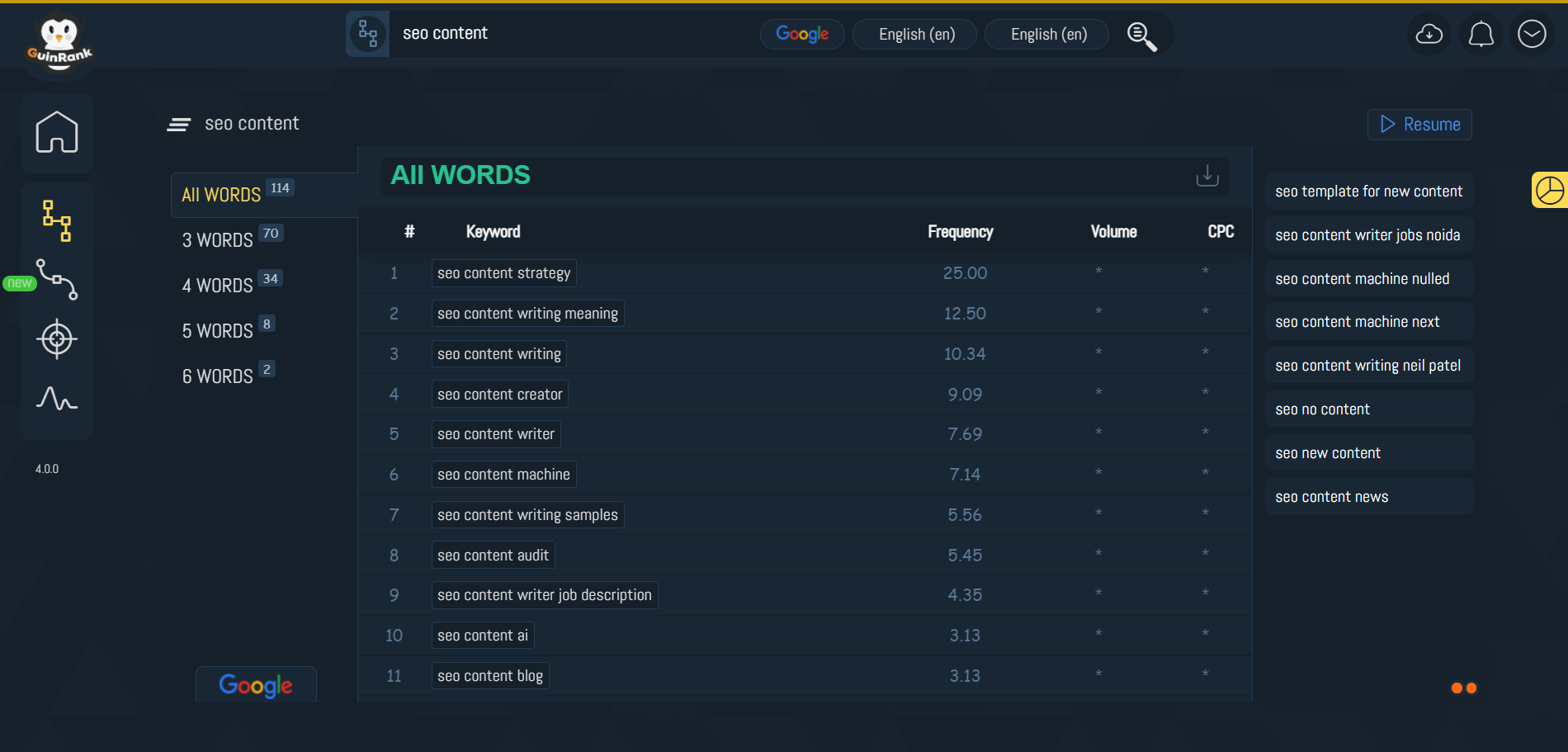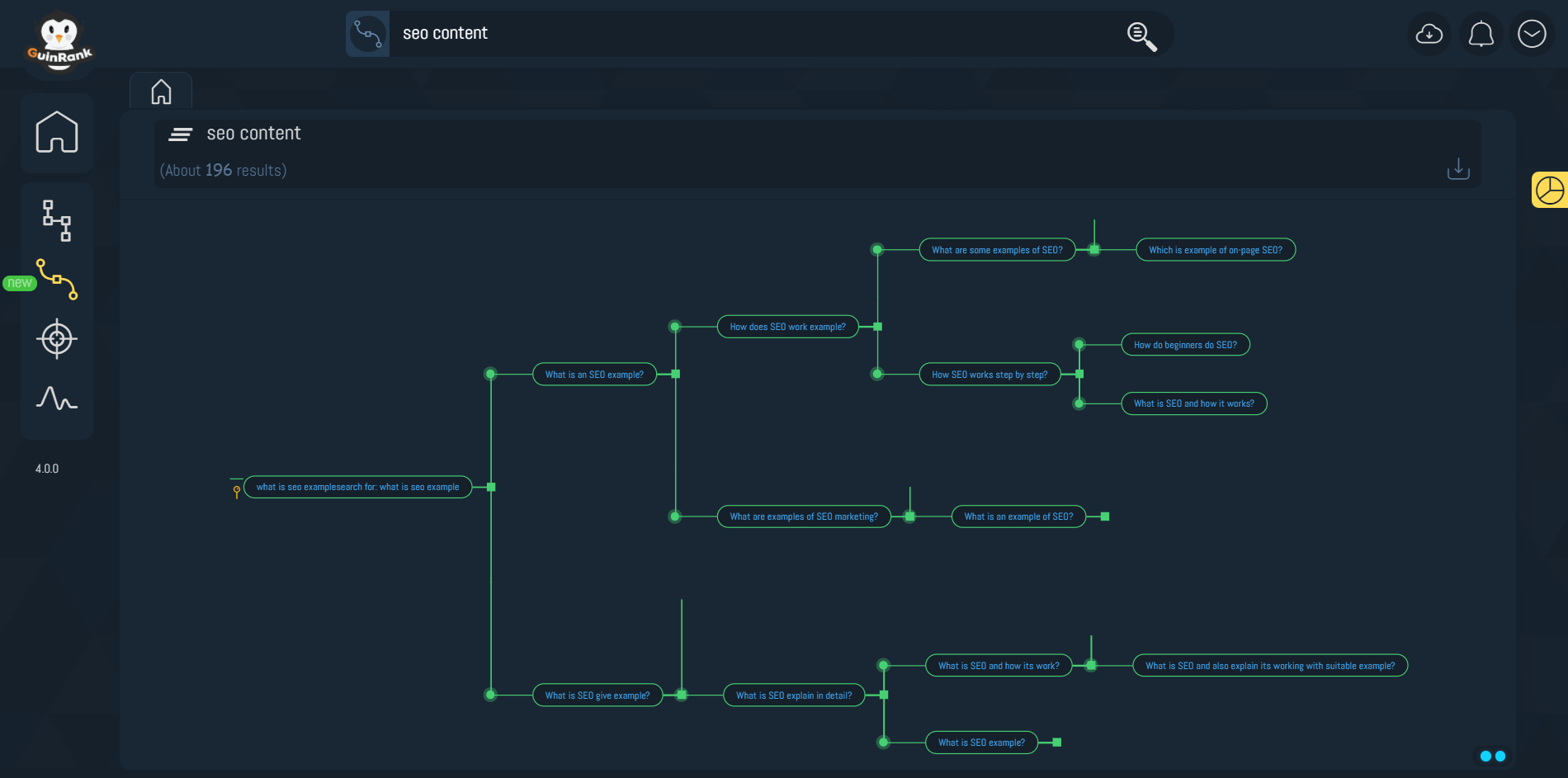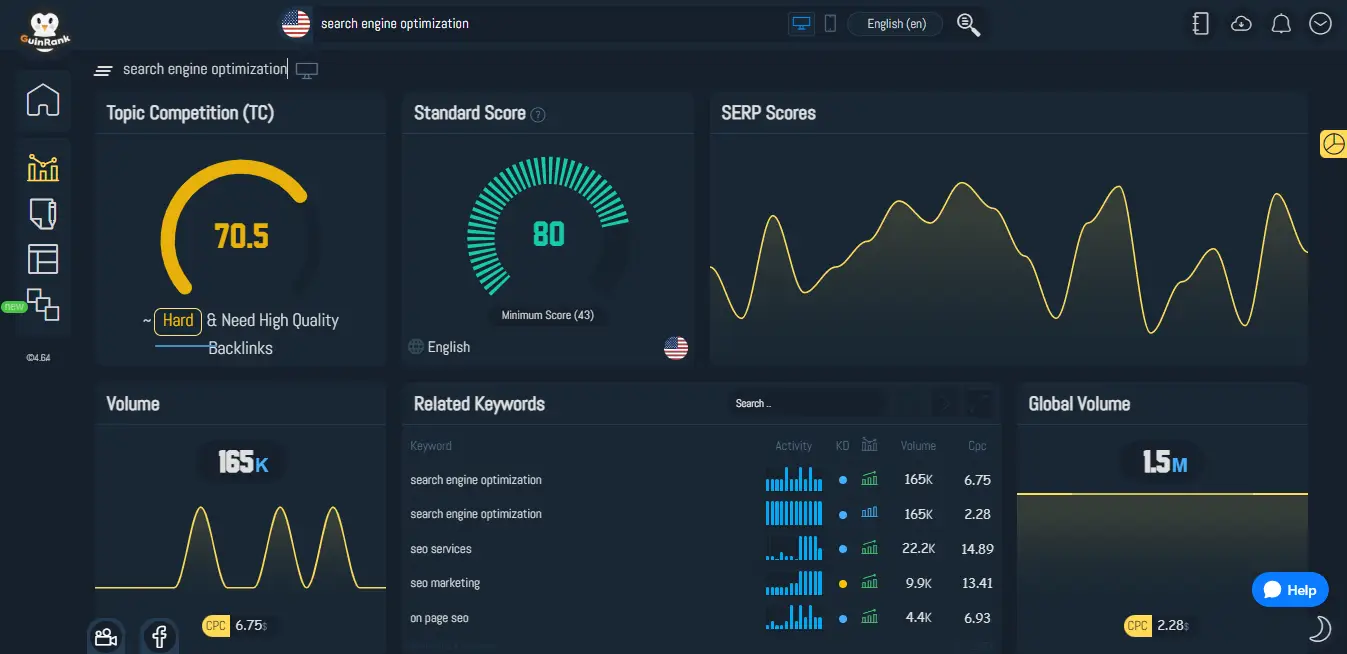- Home
- Content
- Content Strategy
- Content Strategy: What Is It & How to Create a Successful One

- What Is a Content Strategy?
- What is the difference between content marketing and content strategy?
- Why do you need a digital content strategy?
- How do you create a content strategy?
- What makes a content strategy successful?
- Why do marketers need a content marketing strategy?
- Content Marketing Strategy Template
- What are examples of content strategy?
You must follow a content strategy to ensure that you continue to engage with your audiences based on your social media channels and website and achieve high rankings in search engines.
It is essential to have professional support while creating your content marketing strategy. You can rely on a dedicated team to prepare an effective content strategy or follow the article to learn how to create a content strategy for your brand by analyzing your competitors and target audience. To provide high traffic and enhance your brand's position in the market.
A strategic content plan helps to manage, organize, and act on a company's content, product, or service. Content is the essence of connecting with our audience; knowing how to engage with it creatively, put it in the right channel, and distribute it efficiently are vital elements to the success of any marketing strategy.
What Is a Content Strategy?
Content strategy is key to achieving a business's marketing goals, which are the cornerstone of online digital marketing.
A digital content strategy means an ongoing plan and guide that helps us achieve our business goals and objectives through content.
Content is the foundation of your marketing message. You can include blog posts, articles, infographics, videos, testimonials, case studies, and other different types of content. A content strategy is a way to find out what works for your brand and what attracts your target audience.
Although the business objectives differ between companies and organizations, the content strategy's purpose remains to stimulate interest in your products or services and increase sales and customers.
What is the difference between content marketing and content strategy?
Content marketing focuses on increasing the conversion of potential customers, using many methods within a content strategy.
Your content strategy is the glue that connects your content efforts to your organization's goals and your customers' needs. It may include your editorial strategy, content structure, and content management.
Why do you need a digital content strategy?
You don't create a content strategy for no reason. Let's review some of the main reasons why you need a content strategy:
- Optimizing organic search results and SEO.
- Generate more leads and reverse them into clients.
- Building backlinks to the site.
Your content strategy will determine the best ways to build consumer confidence in your brand, address these issues and explain how to solve them.
How do you create a content strategy?
These steps will help you create your content strategy, be sure to follow the steps in order:
1. Set your goals.
Setting goals will make it easier for you to focus on what's important and keep your marketing efforts on track.
In this step, you will define what you want to achieve, but not necessarily the outcome. This will act as a bridge between where you are and where you want to get to.
Objectives must be measurable and achievable to achieve your mission, so make them specific within a period so that they can be broken down into individual tasks and easily measured.
2. Set your KPIs.
KPIs are measures of progress towards your goals. Identify KPIs that will allow you to understand better your content strategy's effectiveness and areas for improvement. You can include website traffic, new leads, CPA, Etc.
3. Know your audience.
Do some research to determine who your current audience is and what your target audience is. Demographic data (age, place of residence, gender, marital status, income, activities, etc.) will help you get a general idea of your audience. Once you define your audience, create buyer personas to direct your messages and content to different segments.
4. Perform a content audit.
Review all the content you have created in the past and rate what you want to change, execute, or redirect for future use. Any piece of content you've made in the past can be helpful for future content (with a bit of an update). It doesn't hurt to reuse old content when necessary, especially if it was successful initially published. Identify any gaps in your content that present opportunities for new content.
5. Define social media platforms and types of content.
Take advantage of the content you create if you already have many followers on social media (Instagram, Facebook, LinkedIn, etc.). The channels you select will determine the types of content you produce, and there are many types of content (written, audio, and video).
6. Choose a content management system.
There are a large number of options for managing content or management tools. We recommend looking for established platforms like WordPress to help manage and automate your content strategy. These tools keep you organized; many have built-in features to simplify content creation
7. Content calendar development.
Set a statement timeline for publishing content, including the platform you want to publish on. A framework content calendar will keep things organized as you create more and more content, so you and your team members will know what's coming out, what's working on, and what's next; it gives you good organization and planning.
8. Search Engine Optimization.
Analyze the keywords that your brand wants to reach the audience, and choose the words with low competition and high search rate, to help you rise to sites in the search engines naturally. Please include them in your blog posts, tags, URLs, and webpage text.
To get the target words, use GuinRank tools as follows:
- Keyword generator: It is used to generate and extract all the keywords related to the target word, just put a keyword related to your industry, and it will generate all the relevant keywords related to it.png37 KB12اغلاق
 Download
Download - Questions map tool: A great tool that generates all the questions related to the word, you have to put the keyword in the search box, and the tool will provide you with all the questions the audience asks on search engines.png30 KB18اغلاق
 Download
Download - Keyword analyzer tool: a free tool, you can analyze any target word to find out the degree of competition, search volume, and information about the competitors who topped the Google search engine (SERPs) with that word.png37 KB39اغلاق
 Download
Download
9. Create your content.
You can finally start working! Follow your content calendar and plan what needs to be done to create the content you intend to publish. You can use different forms of content like (Blog posts, Ebooks, Videos, Podcasts, stories, social media posts) and others.
Don't forget to write your website content on a content optimizer tool, so you can produce perfect high quality, understandable AI content and quickly top the search engine.
10. Developing a content promotion strategy.
Some content will promote others, such as a social media post promoting a new blog or an email announcing a new eBook. Please don't waste time creating your content and sharing it.
11. Development and management of content.
Using the content calendar you created, you plan to publish and distribute your content on the platforms and sites you selected earlier.
And don't forget to take advantage of important events and popular holidays within your content marketing plan to attract more audiences.
12. Measure and analyze results.
Analyze your content results based on the KPIs you identified in Step Two. Identify what worked, didn't work, and what could be improved. Content creation is a never-ending process of creating, distributing, and optimizing, so don't skip this step.
What makes a content strategy successful?
- Set clear, measurable goals.
- Analyze competitors' swot and identify their strengths, weaknesses, and chances of success and failure.
- Understand the needs of the current and target audience to use the appropriate content for them.
- Measure the results at each stage to determine the success of the strategy.
Why do marketers need a content marketing strategy?
Successful content strategy helps companies and organizations plan, enhance brand awareness and distribution, and acquire new customers. It also contributes to the distribution and dissemination of content and access to the public.
Content Marketing Strategy Template
Social media content strategy ready-to-download templates like HubSpot will help you organize and develop, establish your content strategy, get new ideas, and promote your content.
What are examples of content strategy?
Here are some examples of content strategies:
- Evernote: A notepad app that uses an SEO-based content strategy to get users to their website.
- Neil Patel Digital: Neil Patel used case studies in his marketing strategy to present products or services, which increased his sales significantly.
Four main components must be present in a content strategy:
- Audience Personas
- Customer journey map
- Content Marketing Goals
- Content calendar
Content strategists and plans ensure that audience needs are effectively understood (challenges, opportunities for success, and serve their marketing objectives) so always make sure to move according to a structured plan to achieve the best results.
Making a practical content strategy does not require a lot of skills. All you have to do is follow the steps mentioned in the article to create an effective content marketing strategy that guides you to achieve your marketing goals.
- Share
- Facebook
- Twitter
- Pinterest
- Email
- Statistics
- Seen : 3593
- View : 0
- Amp : 3643
- Tags
- Comments
- Disqus
COMPANY & LEGAL
Information
Contact Us
- 65i North Broad Street, Suite 206, Middletown, Delaware (DE)
- support@guinrank.com
